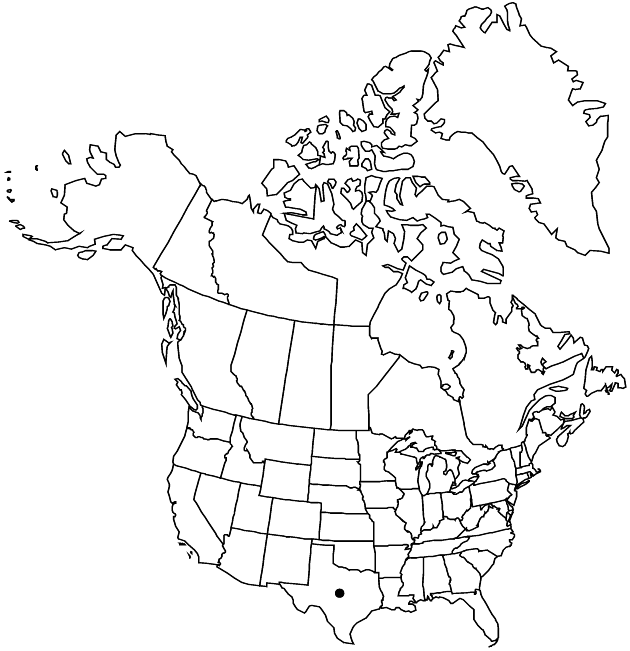Difference between revisions of "Brickellia cylindracea"
Proc. Amer. Acad. Arts 1: 46. 1847.
FNA>Volume Importer |
imported>Volume Importer |
||
| Line 6: | Line 6: | ||
|place=1: 46. 1847 | |place=1: 46. 1847 | ||
|year=1847 | |year=1847 | ||
| + | }} | ||
| + | |special_status={{Treatment/ID/Special_status | ||
| + | |code=E | ||
| + | |label=Endemic | ||
}} | }} | ||
|basionyms= | |basionyms= | ||
| Line 45: | Line 49: | ||
|publication title=Proc. Amer. Acad. Arts | |publication title=Proc. Amer. Acad. Arts | ||
|publication year=1847 | |publication year=1847 | ||
| − | |special status= | + | |special status=Endemic |
| − | |source xml=https:// | + | |source xml=https://bibilujan@bitbucket.org/aafc-mbb/fna-data-curation.git/src/bb6b7e3a7de7d3b7888a1ad48c7fd8f5c722d8d6/coarse_grained_fna_xml/V19-20-21/V21_1252.xml |
|tribe=Asteraceae tribe Eupatorieae | |tribe=Asteraceae tribe Eupatorieae | ||
|genus=Brickellia | |genus=Brickellia | ||
Revision as of 20:56, 27 May 2020
Perennials, 40–120 cm (caudices woody). Stems branched, pubescent, gland-dotted. Leaves mostly opposite, sometimes alternate or subopposite; petioles 0–3 mm; blades 3-nerved from bases, lanceolate to obovate, 20–60 × 12–30 mm, bases ± cuneate, margins crenate to serrate, apices obtuse to acute, abaxial faces tomentose, often densely gland-dotted as well (venation raised, reticulate), adaxial faces pubescent and gland-dotted. Heads in ± dense, racemiform or paniculiform arrays. Peduncles 2–15 mm, densely tomentose, often gland-dotted. Involucres cylindric to campanulate, 8–13 mm. Phyllaries 18–22 in 5–7 series, greenish, often purplish-tinged, 6–8-striate, unequal, margins scarious (apices acute to acuminate); outer ovate (sparsely villous, gland-dotted, lengths no more than 1/2 inner, margins long-ciliate), inner narrowly lanceolate to linear-oblong (glabrous). Florets 10–21; corollas greenish, yellow, or yellow-orange, often purple-tinged, 5–7 mm. Cypselae 3.5–5 mm, sparsely to densely pubescent; pappi of 30–35, white to tawny, barbellate bristles. 2n = 18.
Phenology: Flowering Jun–Nov.
Habitat: Dry limestone hillsides
Elevation: 100–600 m
Discussion
L. D. Flyr (1970) rightly noted that Brickellia cylindracea is variable in leaf size, shape, and texture as well as arrangements of heads, and added that it is not easily distinguished from B. conduplicata (= B. lemmonii var. conduplicata), which accounts for most of the specimens in west Texas. Brickellia cylindracea has a more eastern distribution than B. lemmonii var. conduplicata and appears to have a strong preference for limestone soils. Some specimens from limestone outcrops in west Texas blur distinction between the two species.
Selected References
None.
